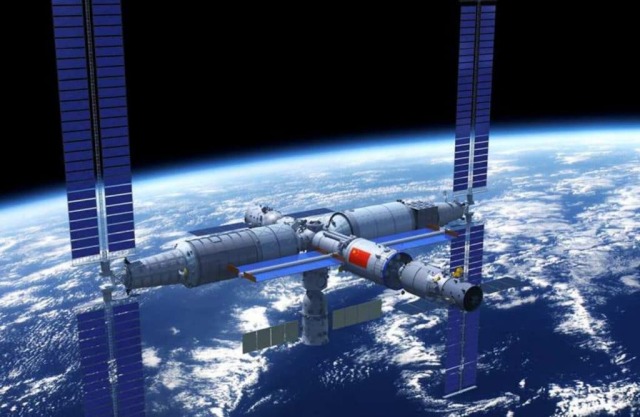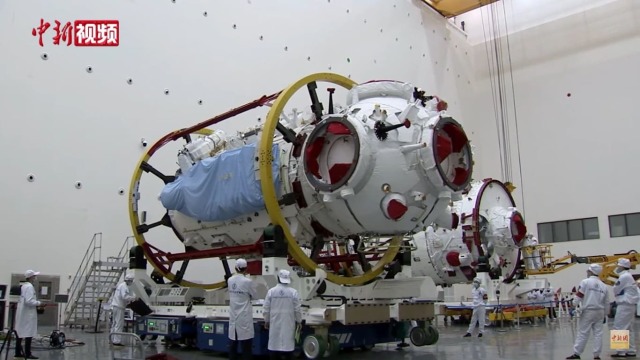The Chinese used the manipulator arm of the new Tiangong orbital station to move the Tianzhou-2 spacecraft. The operation was the first test of the manipulator by transferring a large spacecraft.
The program of the new Chinese orbital station (OS) has passed another important stage: its manipulator arm was used for the first time to carry a large-sized spacecraft. This was reported by TASS with reference to a Chinese source.
The tests took place today, January 6. After undocking the Tianzhou-2 cargo ship from the base module, the manipulator moved it to the side, and then returned it to its former place.
Now there are three crew members at the station. The Shenzhou-13 spacecraft with Taikonauts on board was launched in October, they will stay in space for six months. At this time, the Taikonauts will be building a space station. In November, the crew went into outer space for the first time.
Tiangong is the first multi-module space station in the history of the People's Republic of China. Such operating systems consist of a number of modules - sections that are delivered to orbit separately and assembled into a single unit there. Thanks to this approach, it is possible to create a station with a mass that is many times higher than the maximum payload of one launch vehicle.

Possible appearance of the multi-module station of the PRC
Image Source: CMSA
The Chinese space station was located at an altitude of about 400 kilometers. According to the plans, it will function for at least ten years. The OS is designed for three Taikonauts: six can be present during a crew change or upon arrival of visiting missions.
The first (basic) module of the station — its control center - was launched on April 29. In May, the ship "Tianzhou-2" delivered cargo to the station, and the following month "Shenzhou-12" brought the first three people to it.
When assembled, the space station, consisting of three modules, will have a mass of more than 60 tons. The orbital object is planned to be fully operational this year. Beijing says that the station can be used for international programs.
Recall that now Russia and China are actively discussing the project of the lunar station, which they want to build together. The parties also invited other countries to participate.
So far, there is no clear understanding of what the new object will be — as well as the tools for implementing the plan. At the same time, the parties are determined to start creating a base already this decade. They want to put the facility into operation in the 2030s.

